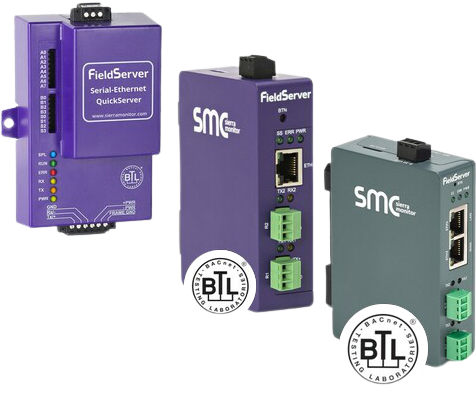Telnet - List of commands - Windows
Telnet Commands
Telnet is a text-based program you can use to connect to another computer using the Internet. You'll be able to access programs and services that are on the remote computer as if you were sitting right in front of it. For more information, see Telnet: frequently asked questions.
Need more information on telnet, click here.
The following table describes the commands you can use in Telnet Client.
|
Type this
|
To do this
|
|---|---|
|
open or o |
Establish a Telnet connection with a host computer or remote server. You can use the full command, open, or abbreviate it to just o. For example, o redmond 44 will connect your computer to a computer named redmondusing port 44. |
|
Close or c |
Close an existing Telnet connection. It can be combined with a host name and port number. For example, c redmond 44closes the connection with the remote server redmond on port 44. |
|
display |
View the current settings for Telnet Client. Type display for a list of the current operating parameters. If you are in a Telnet session (connected to a Telnet server), to modify the parameters, press Ctrl+] to leave the Telnet session. To return to the Telnet session, press Enter. The following operating parameters are available:
|
|
quit or q |
Exit from Telnet. |
|
set |
Set the terminal type for the connection, turn on local echo, set authentication to NTLM, set the escape character, and set up logging.
|
|
unset |
Turn off local echo or set authentication for the logon or password prompt.
|
|
status |
Determine whether Telnet Client is connected. |
|
Ctrl+] |
Move to the Telnet command prompt from a connected session. |
|
enter |
Go to the connected session (if it exists). |
|
?/help |
View Help information. |
Did you know that we also do BACnet Integration Solutions?
Chipkin has BACnet solutions for almost every situation. We have over 20+ years of experience in BACnet integration, check out our BACnet Products:
